Simone Forti
Simone Forti was born in 1935 in Florence, Italy and is versatile artist who works as a painter, dancer, choreographer, and writer. In 1938 her family fled fascism and emigrated to Los Angeles in the USA. In 1953 Forti began training in expressionist painting at Reed College in Portland. In 1955 she married Robert Morris, a pioneer of Minimal Art, and in 1956 she moved with him to San Francisco and became active in Anna Halprin’s Dancers’ Workshop. From 1959 she continued her studies in New York, where Martha Graham and Merce Cunningham, the legendary pioneers of modern dance, were among her teachers. In developing her own style of postmodern dance, she was in close exchange with Trisha Brown, Yvonne Rainer, and Steve Paxton. From 1960 she experimented with music, taught for a while by Robert Dunn, a dance composition teacher who was a student of John Cage. Together with Dunn, Yvonne Rainer, Steve Paxton, Deborah Hay, and others, Forti was involved in 1962 in the foundation of the legendary Judson Dance Theater, a collective of dancers, composers, and fine artists that promoted experimental and cross-disciplinary collaboration. There then followed close artistic contact and work with La Monte Young, Richard Maxfield, Charlemagne Palestine, Peter Van Riper, Terry Riley, and Yoko Ono. In 1962, after her divorce from Robert Morris, Forti married Robert Whitman, a writer of innovative plays for theater who was active in the performance and happening movement. Simone Forti became a key figure in postmodern dance, which she enriched with a minimalist approach based on simple movements and processual choreography. Outside the USA, she worked internationally as a teacher. She received many awards, including the Bessie Award in 1995 and a Guggenheim Fellowship in 2006. The Museum der Moderne Salzburg dedicated a comprehensive retrospective to Simone Forti in 2014, with an accompanying catalogue. Forti lives and works in Los Angeles, CA, USA.
Simone Forti’s work since the 1960s covers a broad spectrum: drawings, objects, installations, videos, and documentations of her live performances. The experience with the body that she gained in Anna Halprin’s Dancers’ Workshop, and which she felt was akin to her expressionist painting, ignited her enthusiasm for dance as a holistic form of expression. As a dancer and choreographer, she replaced classical dance techniques, whose formal aesthetics were based on the ideal of perfectly controlling the body, with natural everyday movements. The movements that Forti preferred were fascinatingly simple. Her individual spontaneity, experimentation, and improvisation culminated in a new intensive quality of dance. She first had Robert Morris and Yvonne Rainer perform her pieces Rollers and See-Saw in 1960 in the Reuben Gallery in New York. Her well-known piece Huddle, which Forti called “an object that doesn’t exist in a solid sense, and yet it can be reconstructed at any time,” is a hybrid between the human body and sculpture, and was a trailblazing work for performance art. A group of performers forms a tight circle in which individuals climb one by one onto each others’ shoulders, which is only feasible by overcoming the limits of the single body and bundling the strength of the group. Each realization of Huddle is unique and ephemeral. The experience of participation is inscribed into the performers’ bodies as a personal memory. One of Forti’s best-known works is Dance Constructions, which was premièred in New York (1960/61). Here dancers interact with everyday objects and materials, focusing completely on their own natural body movements, with the shocking effect caused by a complete lack of meaning or metaphor. In the late 1960s, Forti was inspired to new performances by the motions of wild animals in zoos. Holograms that she incorporated in her work confirm her holistic approach. The technical process of holography creates three-dimensional whole (ὅλος holos: whole) depictions of objects with the impression that these are moving freely in space. Forti’s interest in music, sound, song, and (in her most recent performances, the News Animations) language stands for a physically reflected expansion of perception and for access to additional realms of experience. With her explorations, Simone Forti makes a significant contribution to melding dance, object, sculpture, and performance art.
The Generali Foundation Collection holds a representative group of works by Simone Forti, consisting of sheets from the series Illuminations “Arrow” Drawings, Illuminations Drawings “Circle”, and Red Illuminations Drawings, all from the year 1972. The Collection also has the Huddle installation, including a hologram (1976), and videos of performances, among them a version of Huddle. Simone Forti also worked with Dan Graham, a key artist in the Collection, on his film installation Helix/Spiral (1973), which is also in the Generali Foundation Collection. (Doris Leutgeb)
Books of artists
Simone Forti. L'orso allo specchio. Mailand / Middelburg: Kunstverein Publishing / Vleeshal, 2020.
Simone Forti. The Bear in The Mirror. London / Middelburg: Koenig Books / Vleeshal, 2018.
Artworks

Crawling, 1974
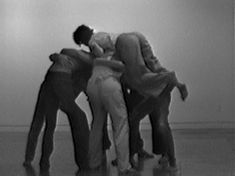
Huddle, 1974

Huddle, 1976
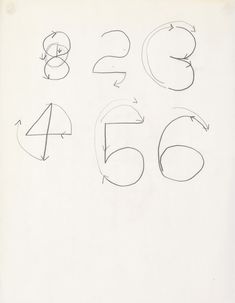
Illuminations "Arrow" Drawing, 1972
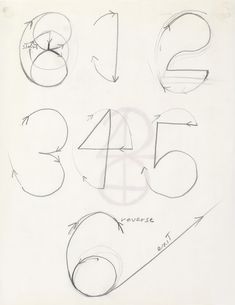
Illuminations "Arrow" Drawing, 1972
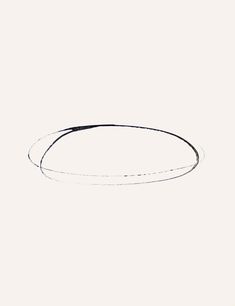
Illuminations "Circle" Drawing, 1972
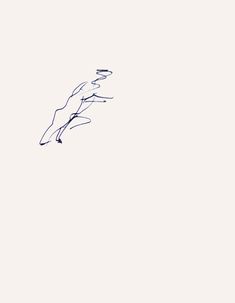
Illuminations Drawing "In Action", 1972
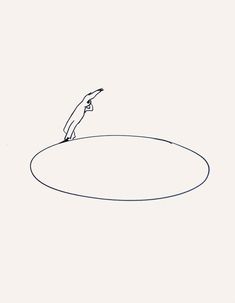
Illuminations Drawing "In Action", 1972
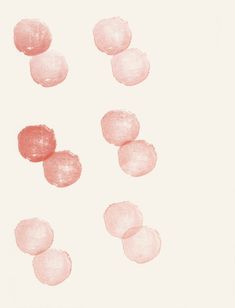
"Red" Illuminations Drawing, 1972

"Red" Illuminations Drawing, 1972
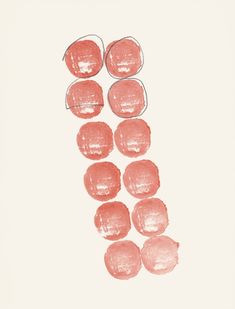
"Red" Illuminations Drawing, 1972
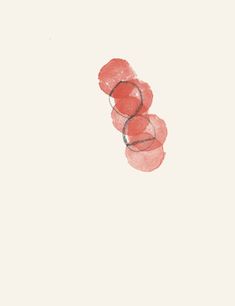
"Red" Illuminations Drawing, 1972
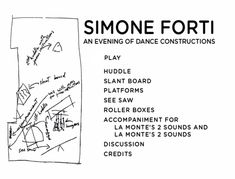
See-Saw, Rollers, Slant Board, Huddle, Accompaniment for La Monte’s 2 Sounds and La Monte’s 2 Sounds, Platforms, 2004

Solo No. 1, 1974
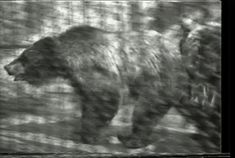
Three Grizzlies, 1974